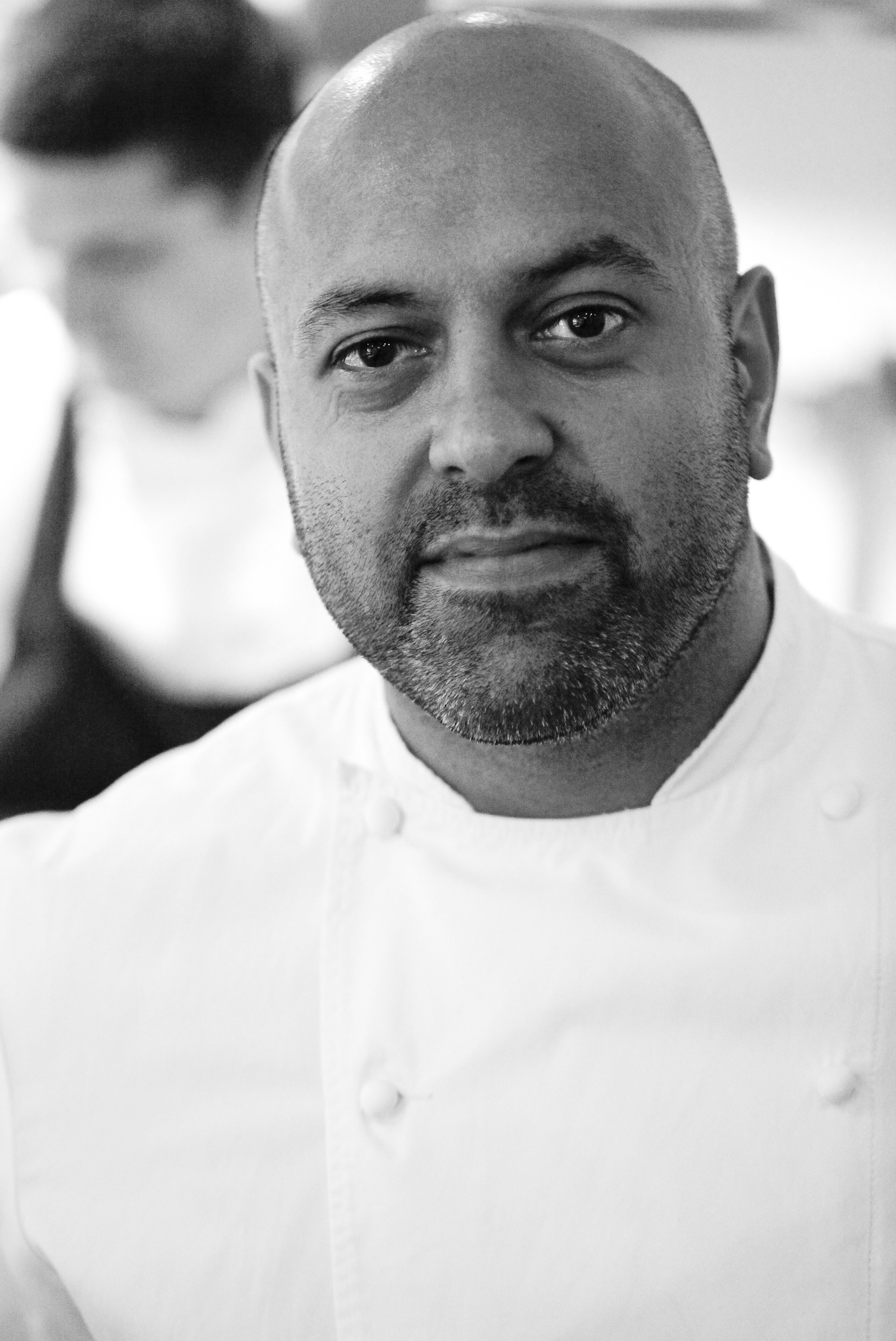Discover how two Michelin Star chef Sat Bains is helping to change operating theatre protocol!
What can operating theatres learn from the running of a Michelin-starred kitchen? Discover how two Michelin Star chef Sat Bains is helping change operating theatre protocol.
- Who is Sat Bains?
- What does it mean to have a restaurant in the Times Top 100 list?
- Which Masterchef: The Professionals contestant is now working for Sat Bains?
Michelin star chef, Roux Scholar, Restaurateur, Cookbook author – there are many strings to renowned chef Sat Bain’s bow, now he has added co-author of a critically acclaimed research paper to his ever-growing list of achievements.

Sat was one of six authors credited with the recently published research paper in association with the Department of Gastrointestinal Surgery, University of Nottingham. Sat was approached by Surgeon Charles Maxwell Armstrong asking if he could witness service at Sat’s Nottingham-based eatery, Restaurant Sat Bains to see if there was a correlation between working in a two Michelin star kitchen and an operating theatre.
The objectives of this research were to identify the key ‘non-technical’ skills and team behaviours that can be observed in a two-star Michelin kitchen and to evaluate how feasible it is to transfer these skills and behaviours to an operating theatre environment.
Sat said: "He (Charles Maxwell Armstrong) just wanted to come and observe service and spend a day in the kitchen. I knew that surgeons have used Formula 1 and aviation in the past to understand the cross-referencing of skills. I was very intrigued to see what was going to come of it and then he came and spent a very busy Saturday night’s service with us."
He added:: "He didn’t talk, he just stood there and observed and then I got an email saying, ‘your turn’ so I got to go into surgery with him to witness his team work which was phenomenal. To witness something like that was jaw-dropping."
Within the kitchen, the hierarchy of Sat’s team was analysed – noting that in contrast to the shared responsibilities often witnessed in a hospital’s operating theatre, that there is a ‘clear hierarchical structure’ in a professional kitchen. The paper entitled ‘Food for thought: skills of a Michelin starred restaurant potentially transferable to theatre’ demonstrates that chef patron Sat has ‘ultimate authority’ in his kitchen and emphasises that Sat describes his kitchen proceedings need to be like a ‘military operation’.
"Let’s get this straight this was his (Charles’) brainchild and he should get all of the credit for this," explained Sat. "It was him reaching out to another industry to help his industry improve. We are humbled to be part of it. Surely there are more skills out there that we can interact and cross culture and cross-reference with other industries that are working in a time and pressure restrained environment and that makes us perform better."
The paper acknowledged that there were certain skills and behaviours such as Sat’s Sunday Prospective Briefing that could be utilised in an operating theatre environment. It was acknowledged that similar briefings ‘could help reduce delays...and may reduce the costs of sourcing particular items at short notice’.
The paper also observed the importance of time management, identifying the use of cameras used in Sat’s kitchen which assists his brigade to anticipate the speed at which they need to prepare and serve meals. The feasibility of this concept could be adapted and transferred to the theatre to enable to the footage to be viewed and monitored by the theatre coordinator who could utilise this to monitor ‘precisely the stages of each operation’ which could increase productivity by reducing the time wasted when patients are taken into theatre too early or too late.
Using a checkboard in a working kitchen ensures that all of Sat’s brigade maintain situational awareness, therefore helping to coordinate the team. It was acknowledged that this applying this principle to an operating theatre environment could result in a defined guide for each procedure, perhaps in the form of a printed chart. This could help improve the situational awareness of the entire theatre team and could act as a prompt to staff that a particularly complex part of the operation is forthcoming.
Members of the brigade are often witnessed responding to their recognition of an update and/or command with the term “yes chef”. The paper poses the question if introducing a standardised communication procedure could help improve safe communication in the theatre.
The paper concludes that a two-star Michelin restaurant uses a set of team behaviours and skills that help improve productivity, maintain high standards of service delivery as well as enhancing team working. Whilst there are similar practices in place within an operating theatre environment, this research indicated that the introduction of some of these kitchen behaviours could help enhance productivity and safety in the theatre.
When asked if Sat would consider doing something similar again, his response was unequivocal: "Absolutely! at a drop of a hat! I want to be part of that team! It shows the length and breadth of what chefs can actually touch – we are not just cooks - we have got so much information and knowledge in us – someone just needs to extract it in a different way which is what I did. Without Charles, none of this would have happened. It takes a forward-thinking surgeon to take us almost out of the dark ages."



{{user.name}}